“That’s probably the most frequent word I hear here,” says Susan Killeen. Our group had just let out a collective “wow” upon entering the foyer of Shangri La, the Museum of Islamic Art, Culture, and Design. Our heads bob up and down and twist side to side as we take in the green and blue Turkish tilework; backlit, colored-glass windows; and a Moroccan, painted-wood ceiling.
The grand entrance is merely the first stop on the tour through the former home of Doris Duke, which comprises two buildings separated by a 75-foot swimming pool. Killeen, an interpretive guide for seven years, is leading us through 11 sections of the east Honolulu estate, including bedrooms, courtyards, and gardens.
The only child of tobacco tycoon James Buchanan Duke, Doris Duke was born into wealth. O‘ahu was the last stop on her honeymoon with her first husband, James Cromwell, in 1935, and they were so taken by the place that they purchased a nearly five-acre beachfront property in east Honolulu to build a holiday home. She christened it Shangri La after the idyllic town in the novel Lost Horizon. Duke used her inheritance to fund personal interests such as art and environmental conservation, which included collecting Islamic art during travels through Asia, Africa, and the Middle East. She spent several decades perfecting Shangri La in this style, curating and commissioning works for the home and transforming its walls, doors, and even ceilings with pieces from across the globe.
Duke decided to transition the home and its approximately 4,500 works of art into a museum in the 1960s, and it opened to the public in 2002. “Shangri La is one of the only museums in the United States which is completely devoted to the arts and culture of the Islamic world,” says Leslee Michelsen, the museum’s curator of collections and exhibitions. “I think people are surprised to learn that in Honolulu [is] one of the great American collections of Islamic art.”
According to Michelsen, while it’s easy to focus on Doris Duke, the Shangri La Museum of Islamic Arts, Culture, and Design wants to focus on the arts and culture of the Islamic world. “As a private person, she wanted Shangri La to be a museum that was open for the public based on her collection, not on herself,” Michelsen says. “We want to honor the wishes of our farsighted founder by following what she suggested.”
Killeen guides us through the rooms in the museum, each of which has intricate pieces of art built into the architecture and on display. As we shuffle into the Ottoman gallery, we’re astounded again by the marble floor and gilded doors, though the treasure Killeen wants to show us is a small Quran. “It’s from 1853 from Turkey,” she says, adding that its pages were painted with gold.
The most recently renovated room, the Mughal suite, was Duke’s bedroom, and the snow-white marble in its floors, walls, mirrored vaulted ceilings, furniture, and ornate latticed screens was inspired by her visit to the Taj Mahal. The central courtyard has a towering mosaic from Iran made of nearly 20,000 tiles. The dining room was Duke’s interpretation of an Islamic-style tent, which she created by draping it in 453 yards of cobalt fabric from India and topped off with a 250-pound Baccarat chandelier.
My favorite part of Shangri La is the living room, which has an inviting horseshoe-shaped couch at its center covered in fluffed pillows. Killeen directs our attention to a large ceramic mihrab, or prayer niche, from the tomb of Imamzadeh Yahya in Iran. “It’s the most important piece in the house,” she says, adding that it is considered a masterpiece of the luster ceramic technique and is dated 1265.
Our last stop is the Mughal garden, which we enter through a heavy black door. Inspired by royal gardens in India, the area has a long, slender pool with lotus fountain heads surrounded by manicured trees and plants. As we exit the garden, Killeen translates the Arabic inscription on the door. “God is great. Great is his splendor,” she says. “When asked what it might mean in everyday colloquial language, two Iranian colleagues said, ‘It means, ‘Oh, wow!’”
“That’s probably the most frequent word I hear here,” says Susan Killeen. Our group had just let out a collective “wow” upon entering the foyer of Shangri La, the Museum of Islamic Art, Culture, and Design. Our heads bob up and down and twist side to side as we take in the green and blue Turkish tilework; backlit, colored-glass windows; and a Moroccan, painted-wood ceiling.
The grand entrance is merely the first stop on the tour through the former home of Doris Duke, which comprises two buildings separated by a 75-foot swimming pool. Killeen, an interpretive guide for seven years, is leading us through 11 sections of the east Honolulu estate, including bedrooms, courtyards, and gardens.
The only child of tobacco tycoon James Buchanan Duke, Doris Duke was born into wealth. O‘ahu was the last stop on her honeymoon with her first husband, James Cromwell, in 1935, and they were so taken by the place that they purchased a nearly five-acre beachfront property in east Honolulu to build a holiday home. She christened it Shangri La after the idyllic town in the novel Lost Horizon. Duke used her inheritance to fund personal interests such as art and environmental conservation, which included collecting Islamic art during travels through Asia, Africa, and the Middle East. She spent several decades perfecting Shangri La in this style, curating and commissioning works for the home and transforming its walls, doors, and even ceilings with pieces from across the globe.
Duke decided to transition the home and its approximately 4,500 works of art into a museum in the 1960s, and it opened to the public in 2002. “Shangri La is one of the only museums in the United States which is completely devoted to the arts and culture of the Islamic world,” says Leslee Michelsen, the museum’s curator of collections and exhibitions. “I think people are surprised to learn that in Honolulu [is] one of the great American collections of Islamic art.”
According to Michelsen, while it’s easy to focus on Doris Duke, the Shangri La Museum of Islamic Arts, Culture, and Design wants to focus on the arts and culture of the Islamic world. “As a private person, she wanted Shangri La to be a museum that was open for the public based on her collection, not on herself,” Michelsen says. “We want to honor the wishes of our farsighted founder by following what she suggested.”
Killeen guides us through the rooms in the museum, each of which has intricate pieces of art built into the architecture and on display. As we shuffle into the Ottoman gallery, we’re astounded again by the marble floor and gilded doors, though the treasure Killeen wants to show us is a small Quran. “It’s from 1853 from Turkey,” she says, adding that its pages were painted with gold.
The most recently renovated room, the Mughal suite, was Duke’s bedroom, and the snow-white marble in its floors, walls, mirrored vaulted ceilings, furniture, and ornate latticed screens was inspired by her visit to the Taj Mahal. The central courtyard has a towering mosaic from Iran made of nearly 20,000 tiles. The dining room was Duke’s interpretation of an Islamic-style tent, which she created by draping it in 453 yards of cobalt fabric from India and topped off with a 250-pound Baccarat chandelier.
My favorite part of Shangri La is the living room, which has an inviting horseshoe-shaped couch at its center covered in fluffed pillows. Killeen directs our attention to a large ceramic mihrab, or prayer niche, from the tomb of Imamzadeh Yahya in Iran. “It’s the most important piece in the house,” she says, adding that it is considered a masterpiece of the luster ceramic technique and is dated 1265.
Our last stop is the Mughal garden, which we enter through a heavy black door. Inspired by royal gardens in India, the area has a long, slender pool with lotus fountain heads surrounded by manicured trees and plants. As we exit the garden, Killeen translates the Arabic inscription on the door. “God is great. Great is his splendor,” she says. “When asked what it might mean in everyday colloquial language, two Iranian colleagues said, ‘It means, ‘Oh, wow!’”
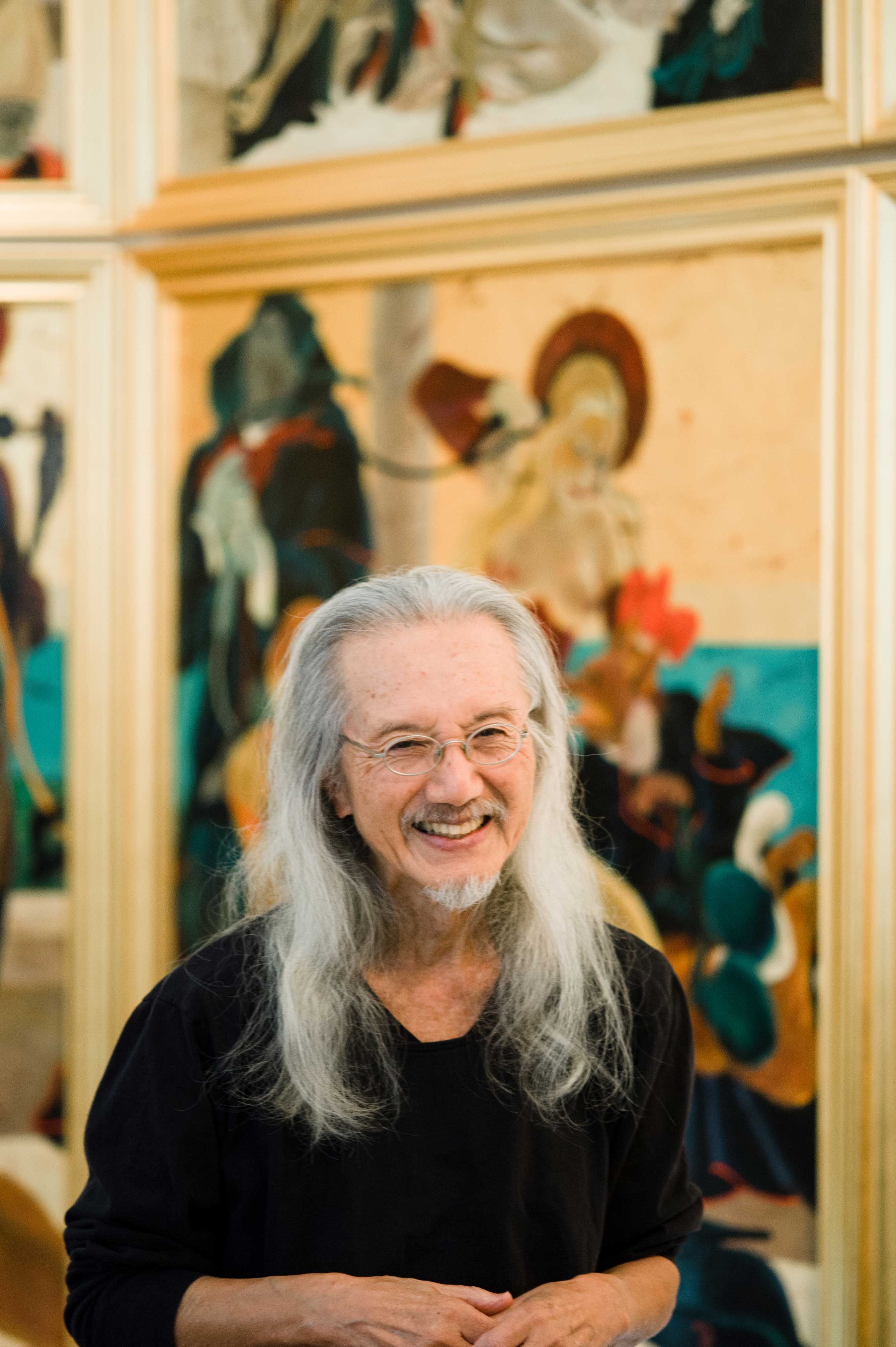
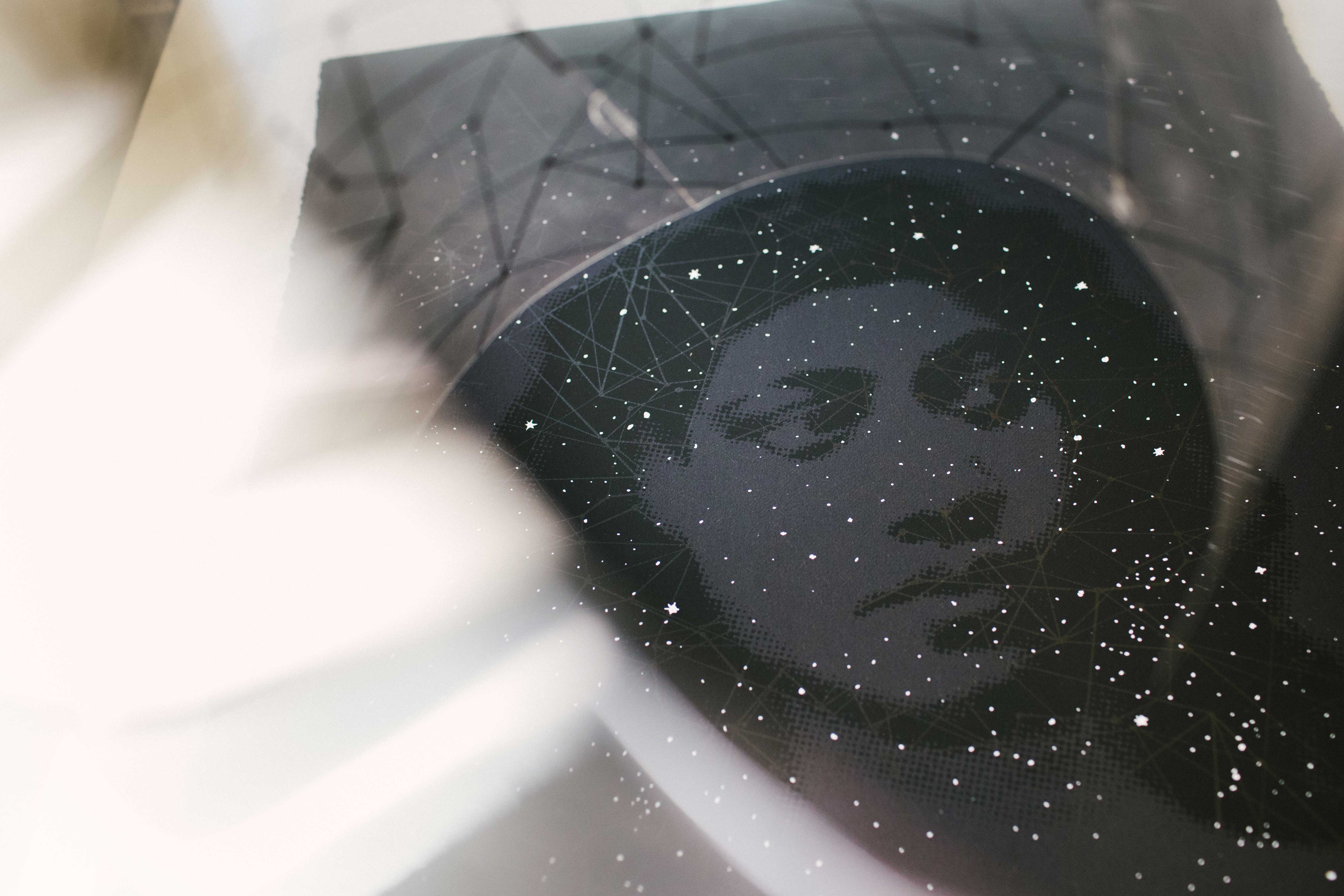



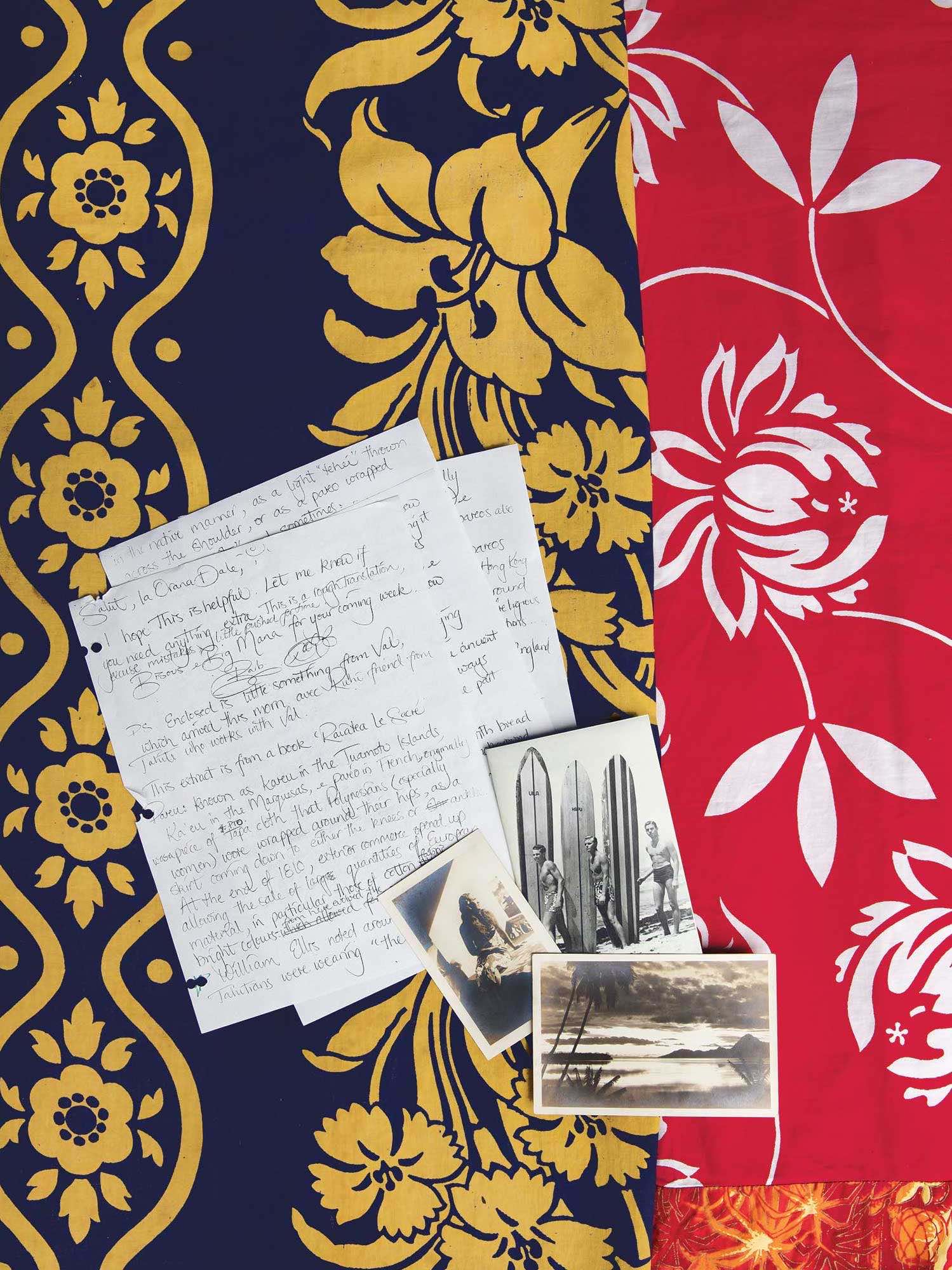

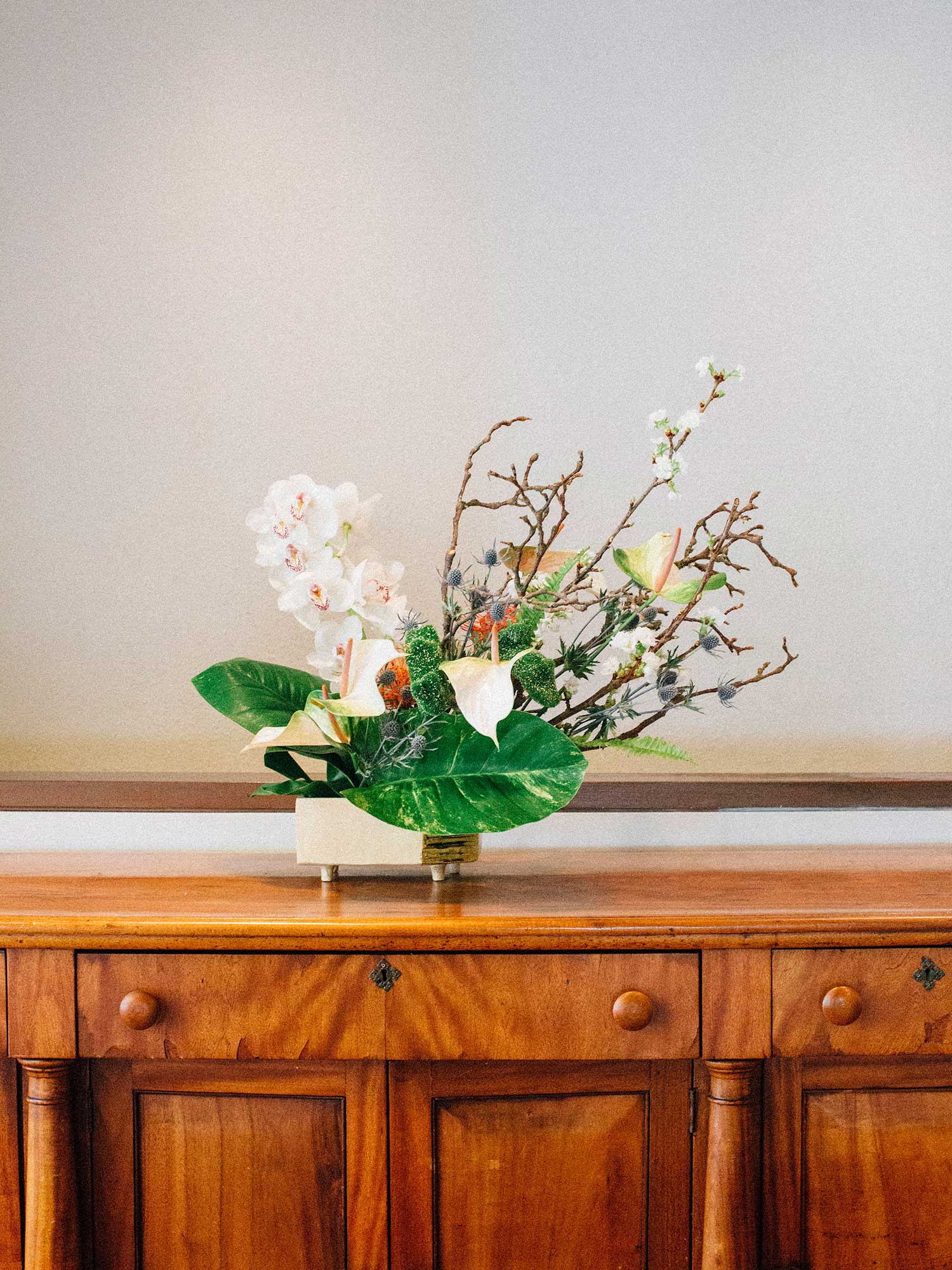

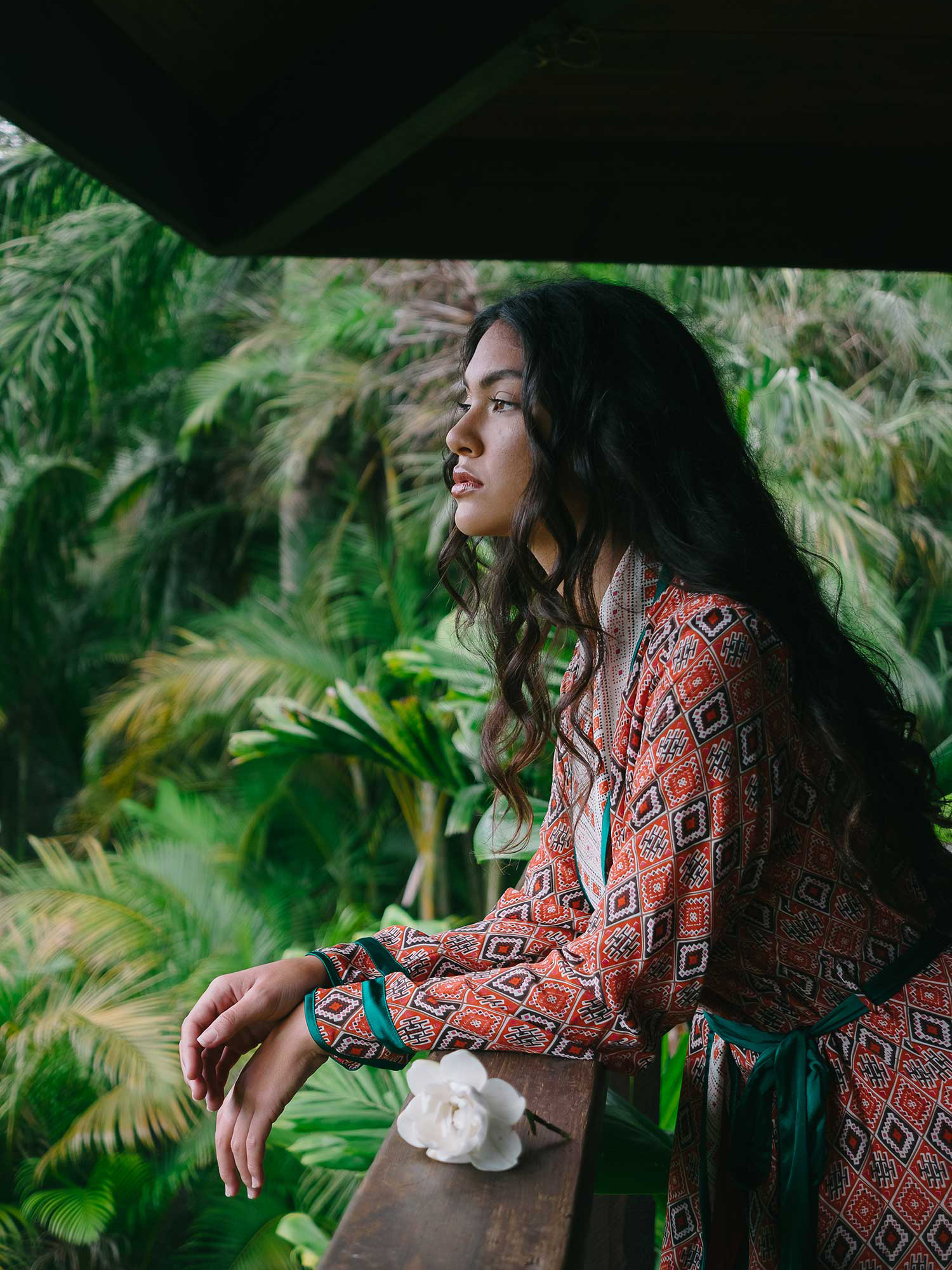

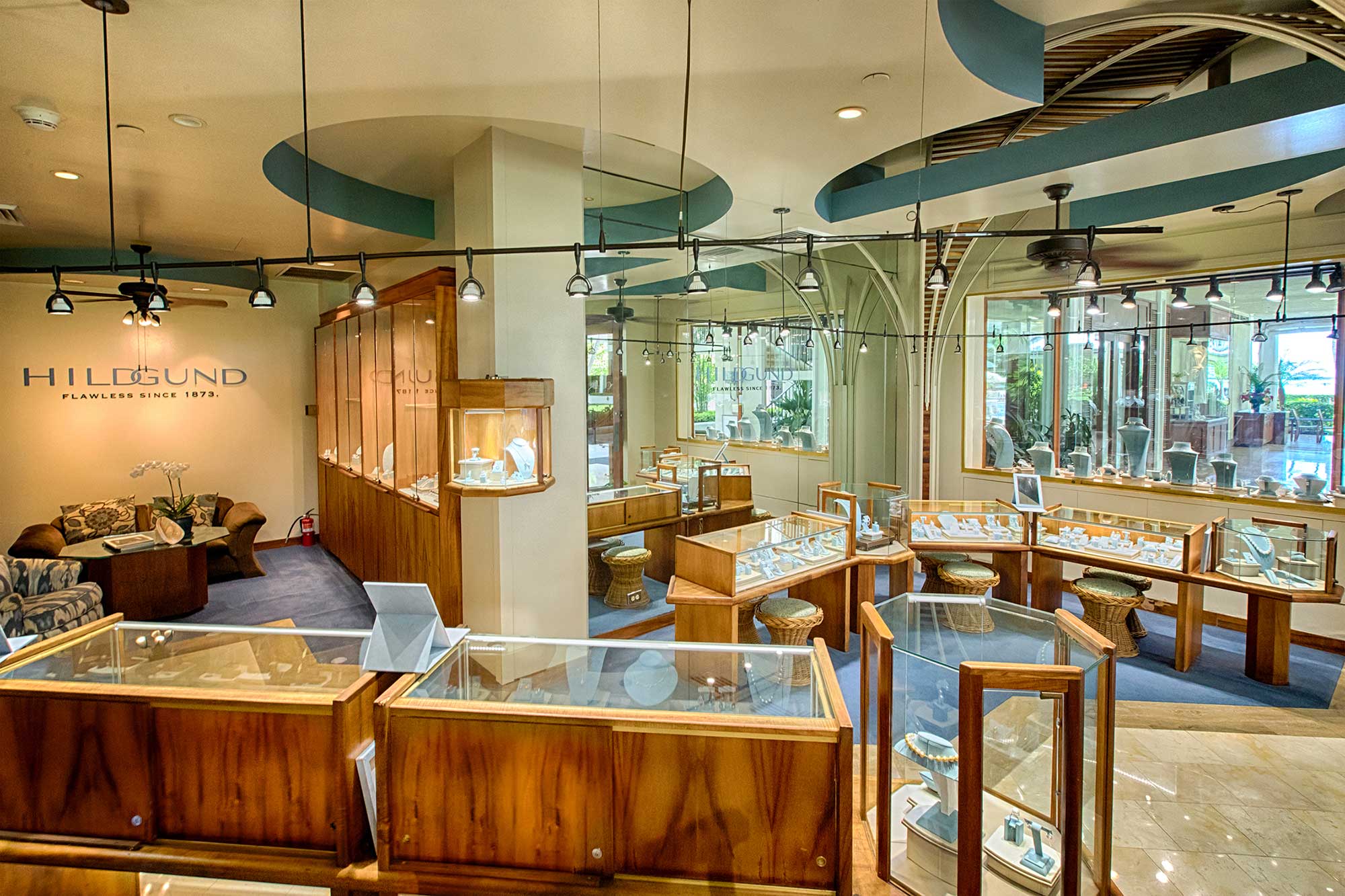
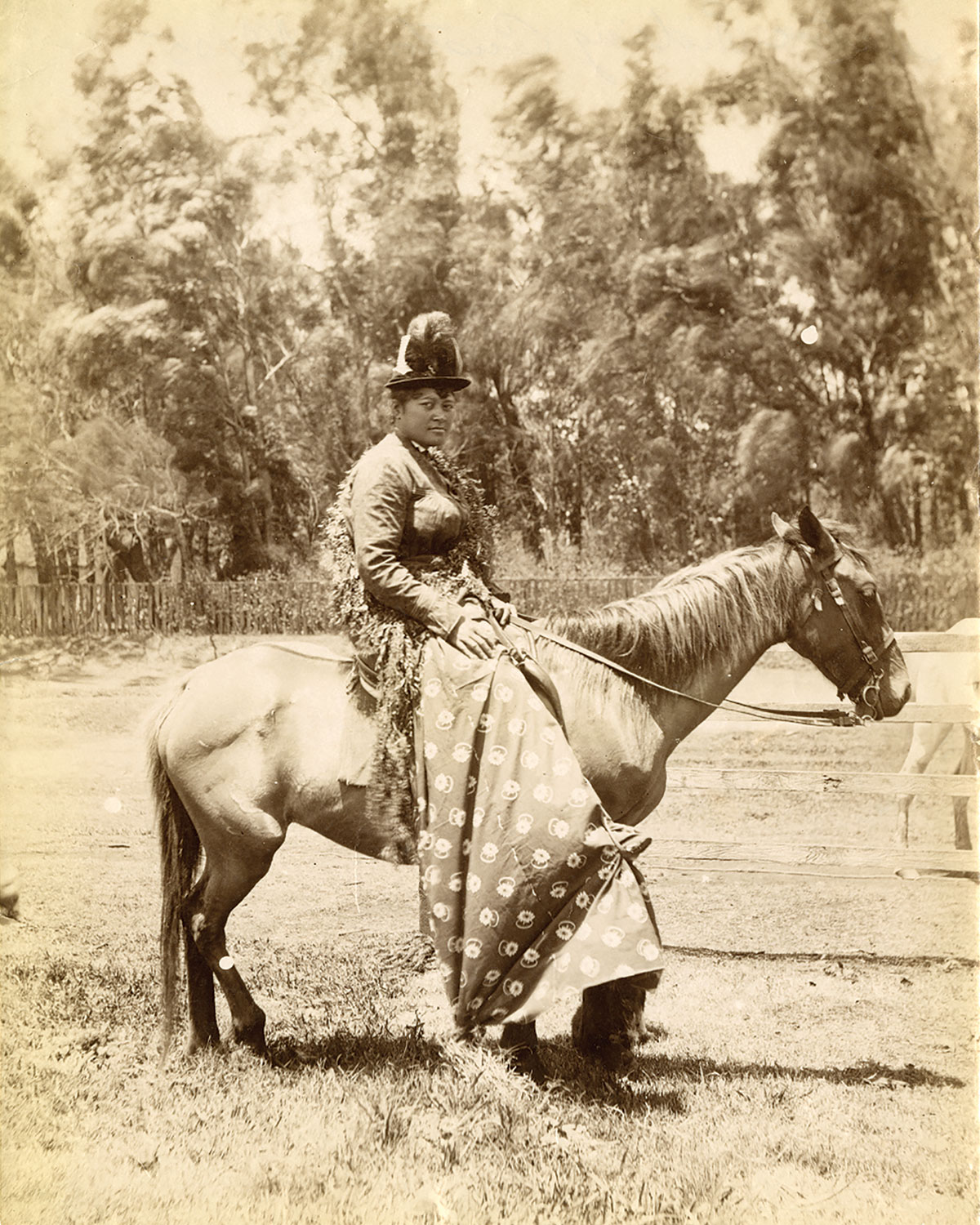
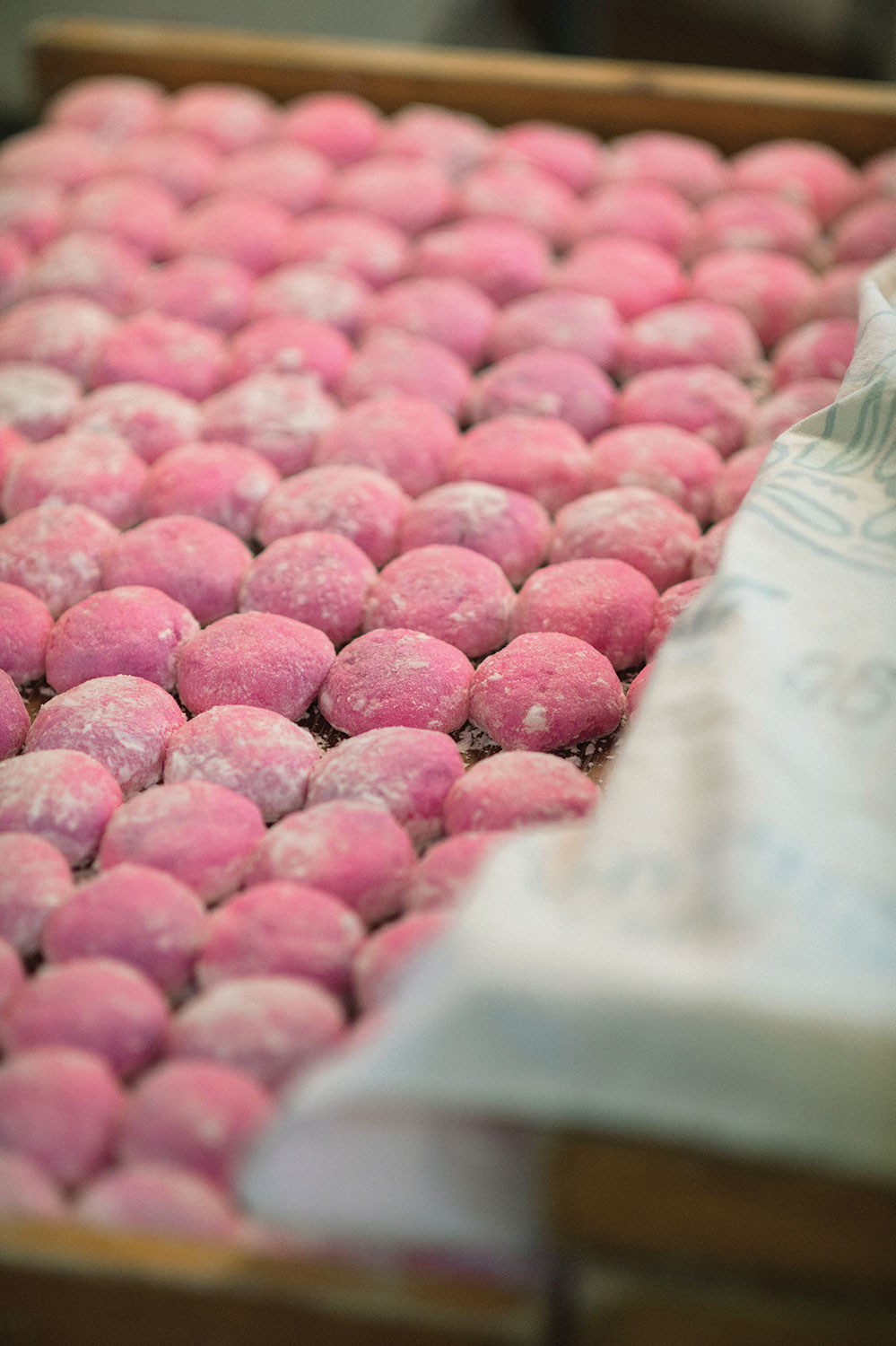

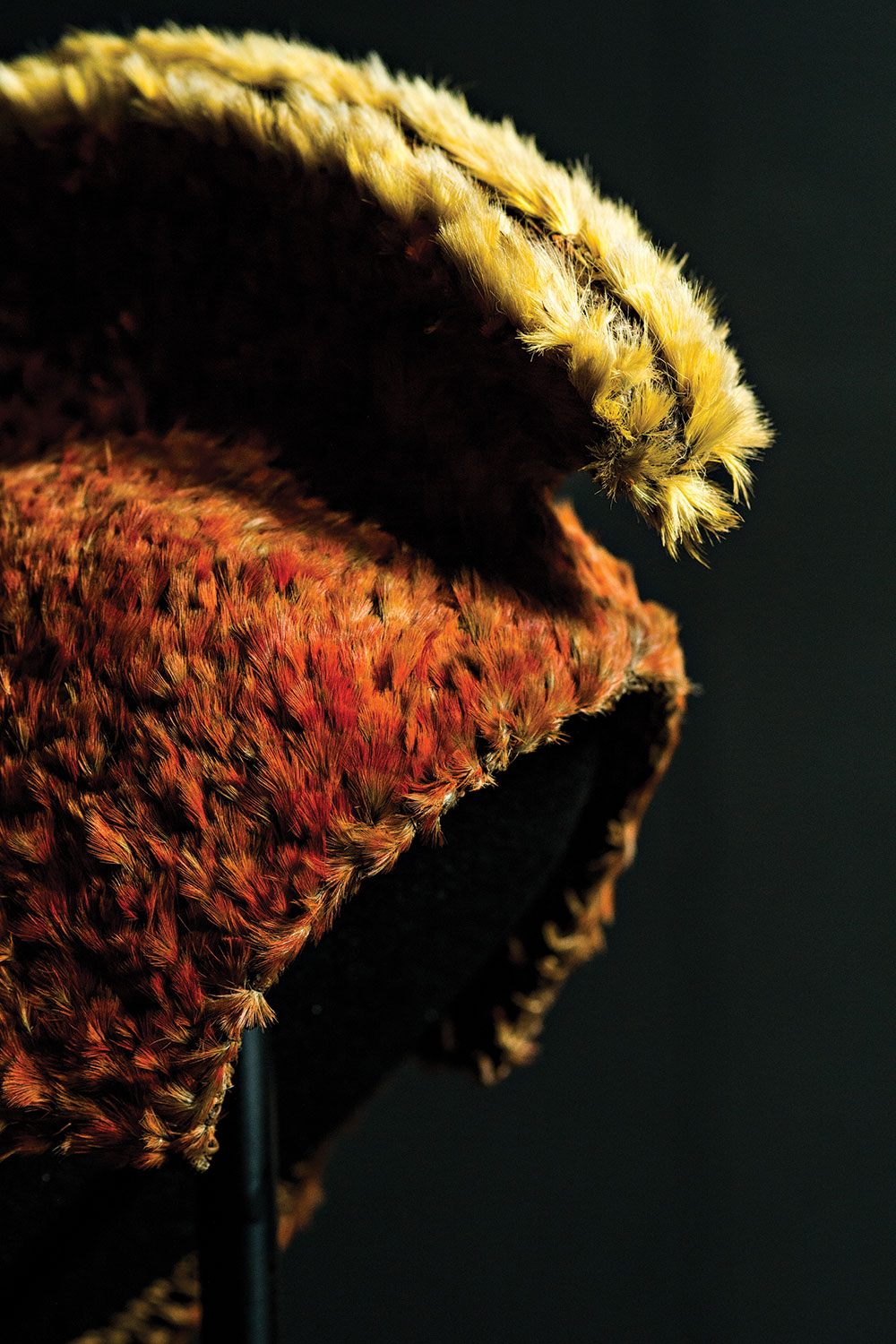
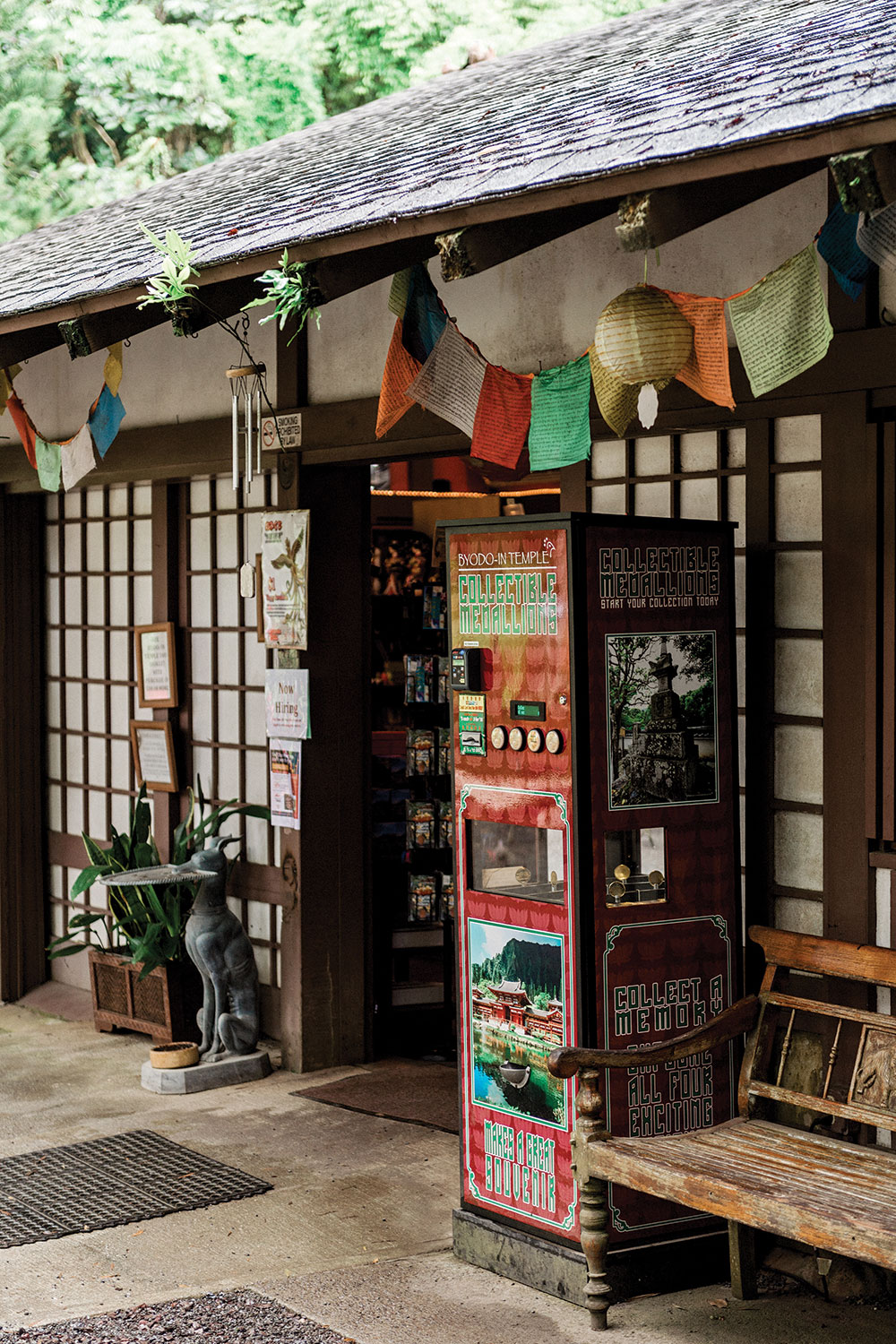
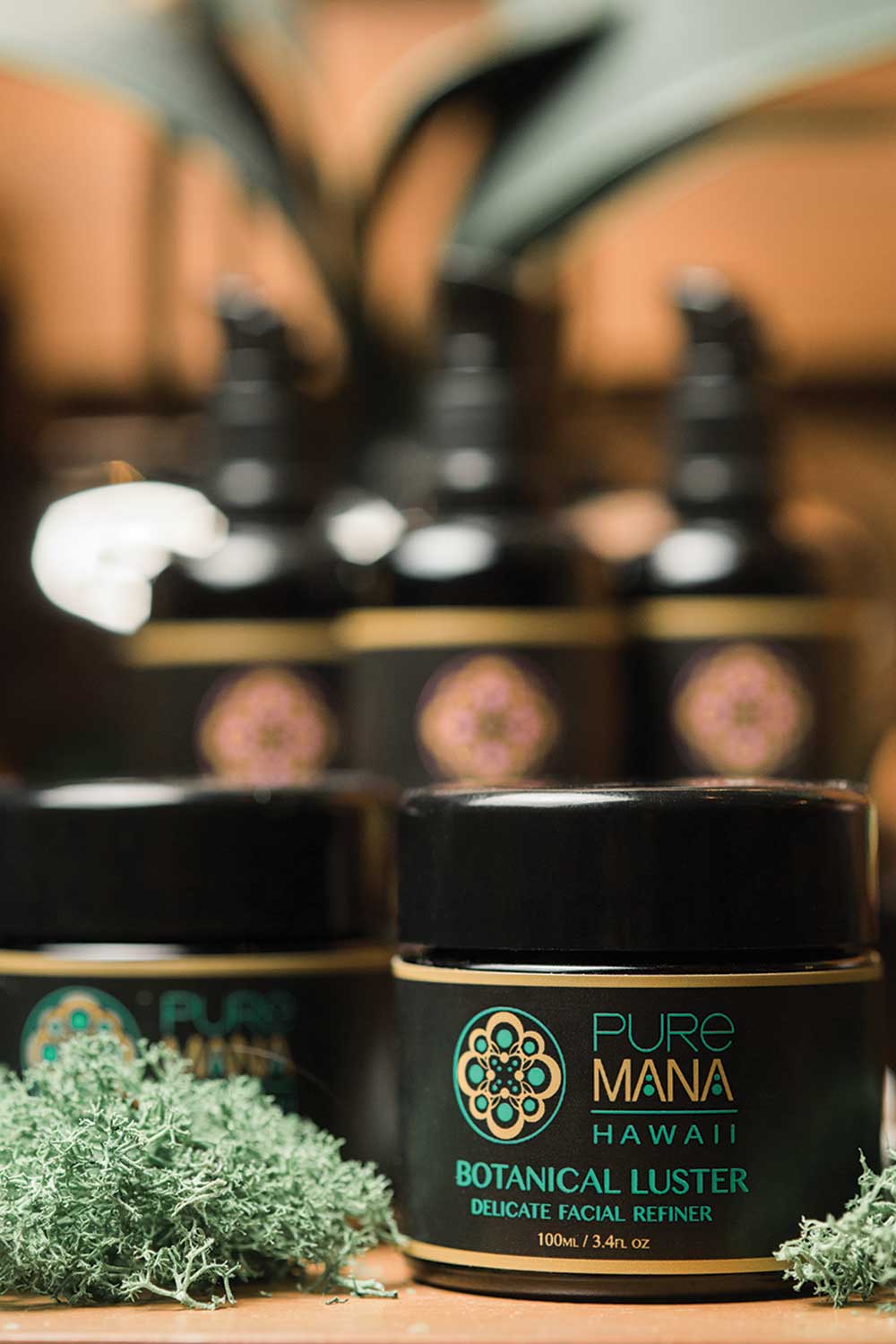
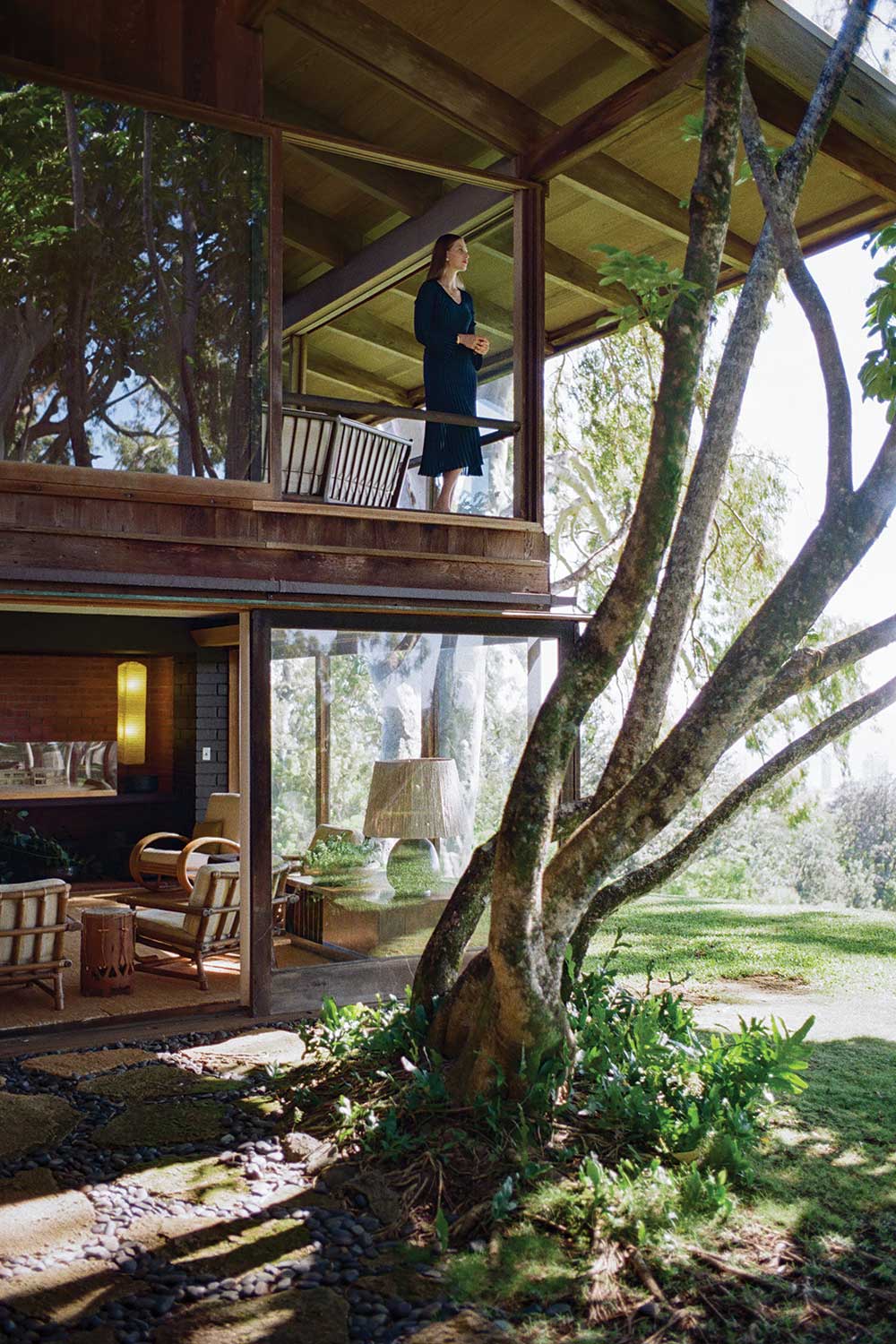

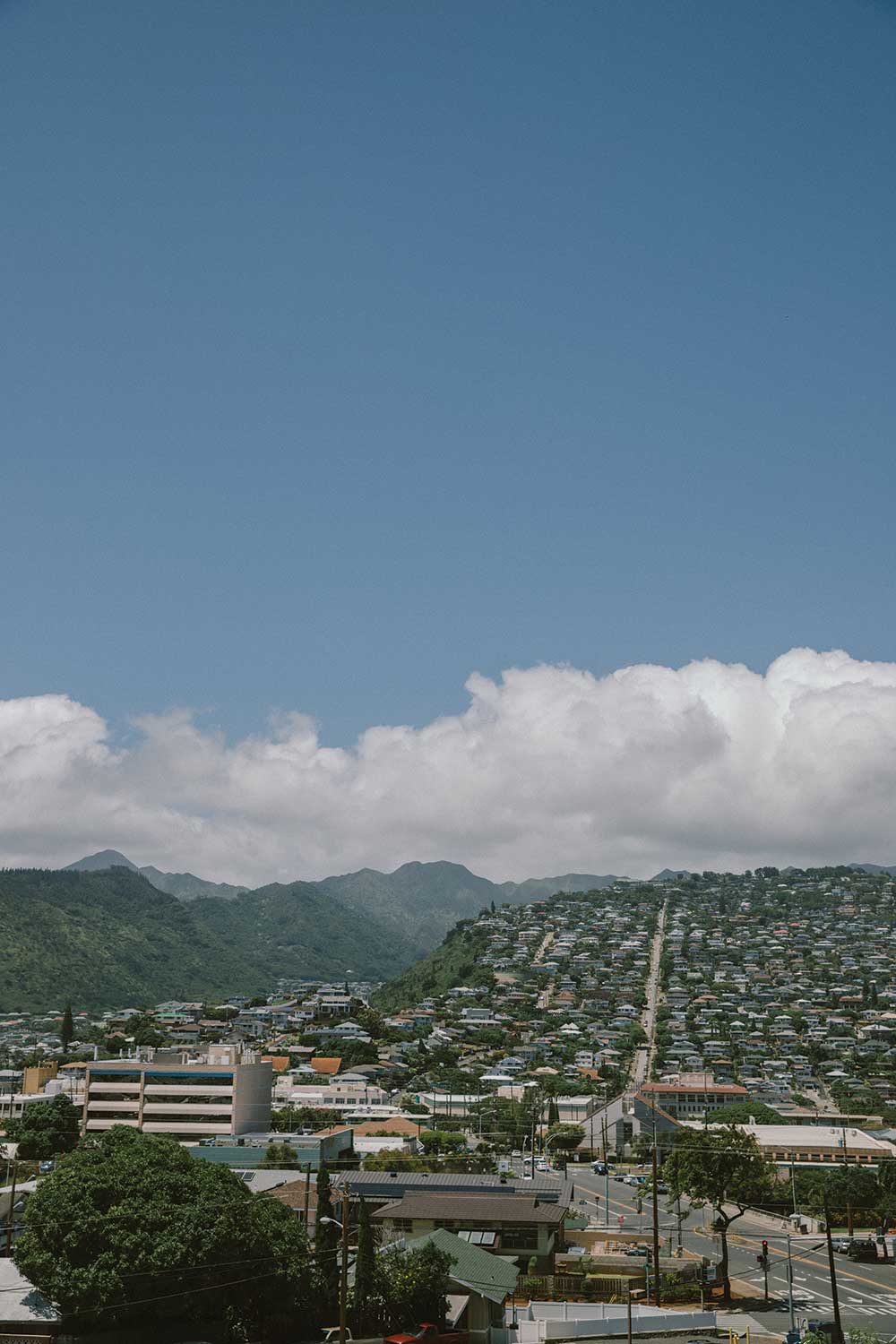



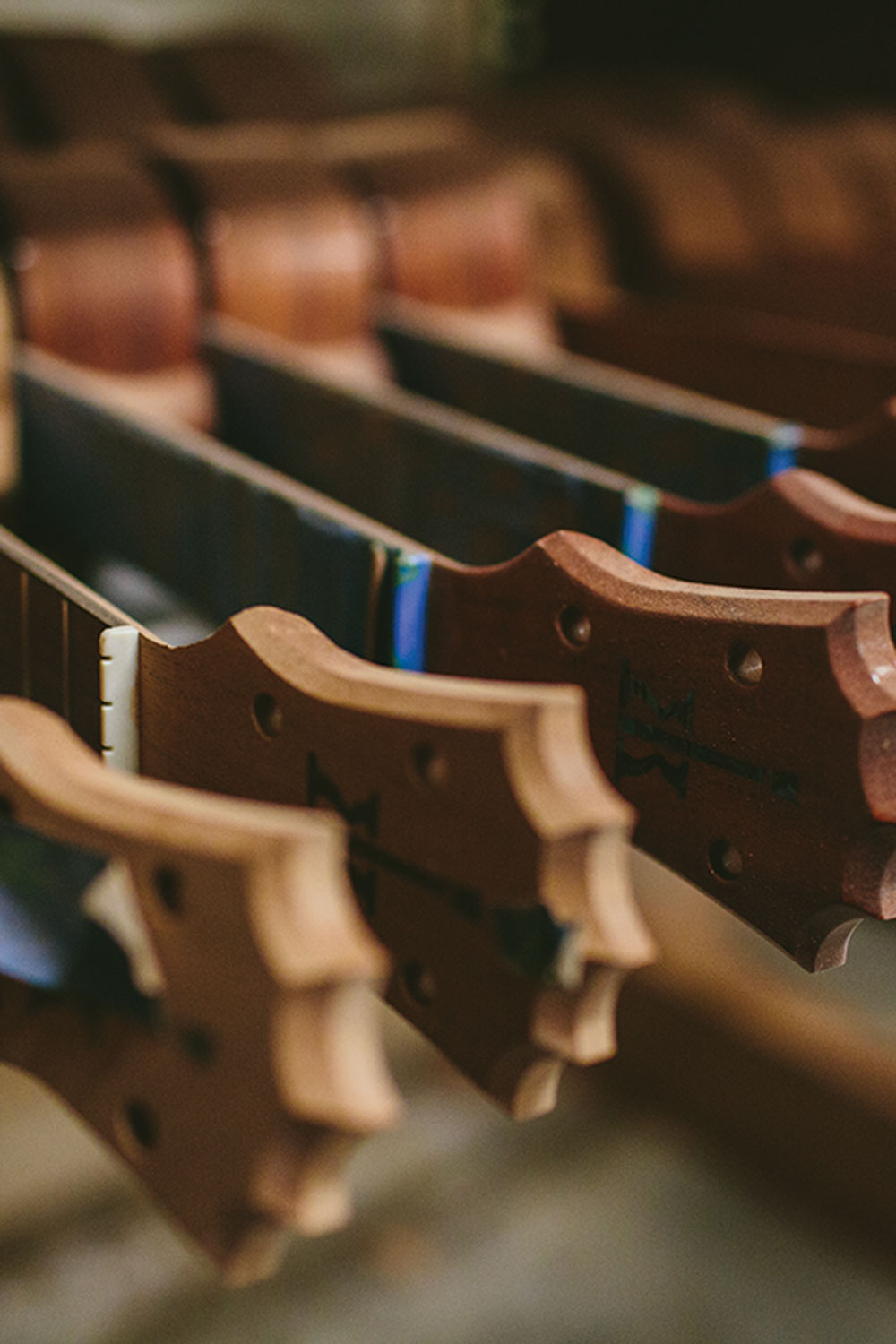
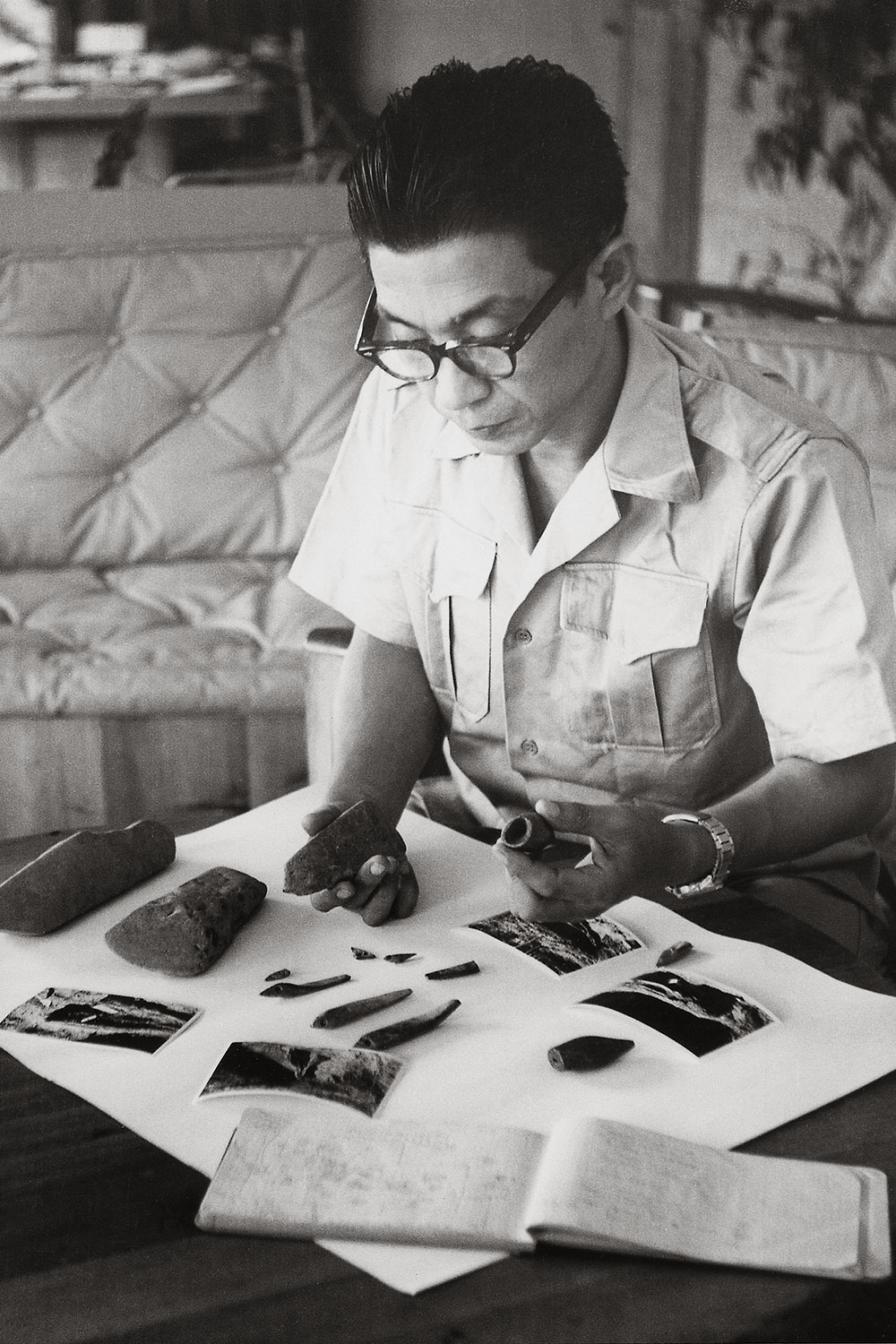


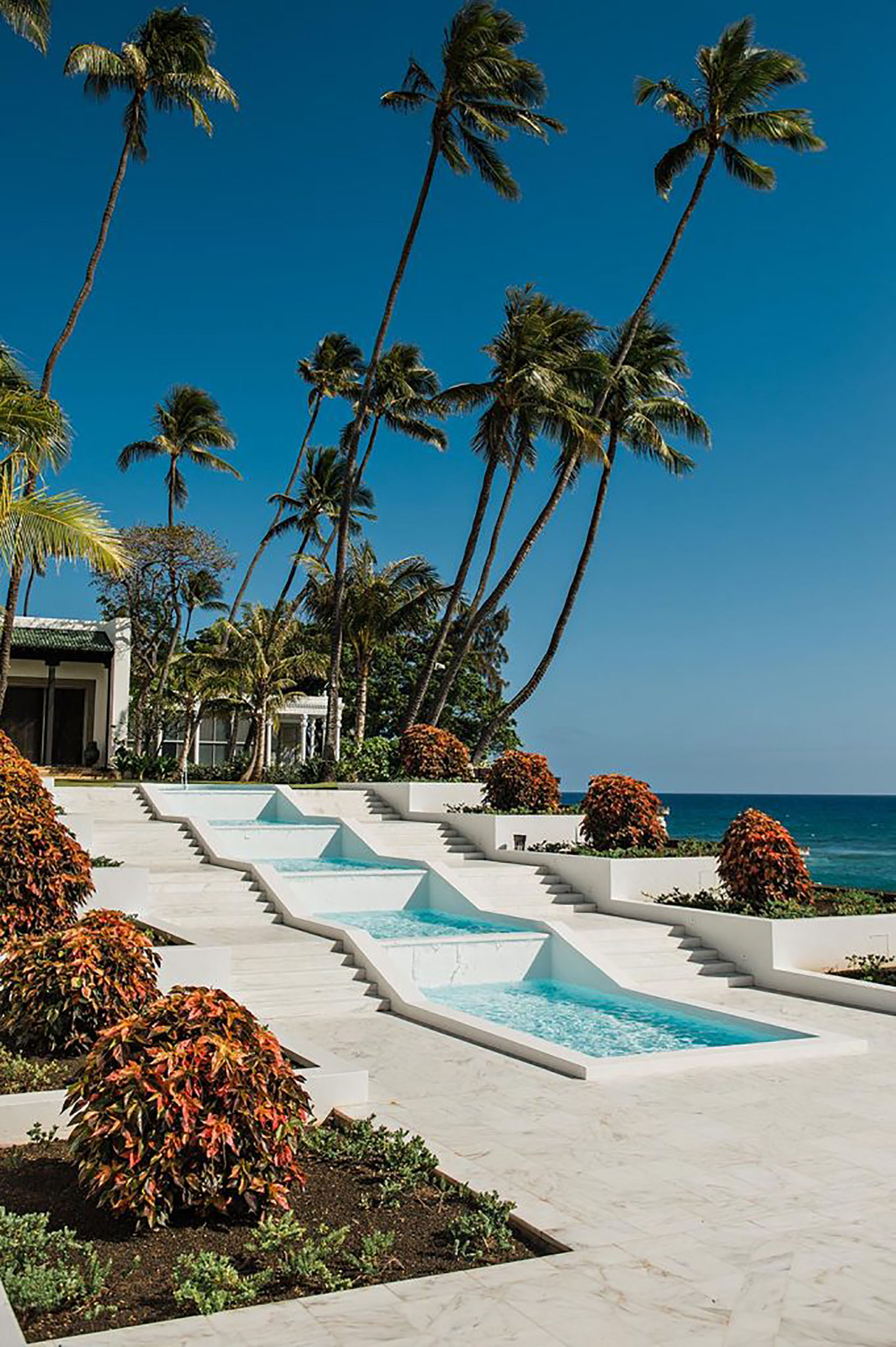








Share: